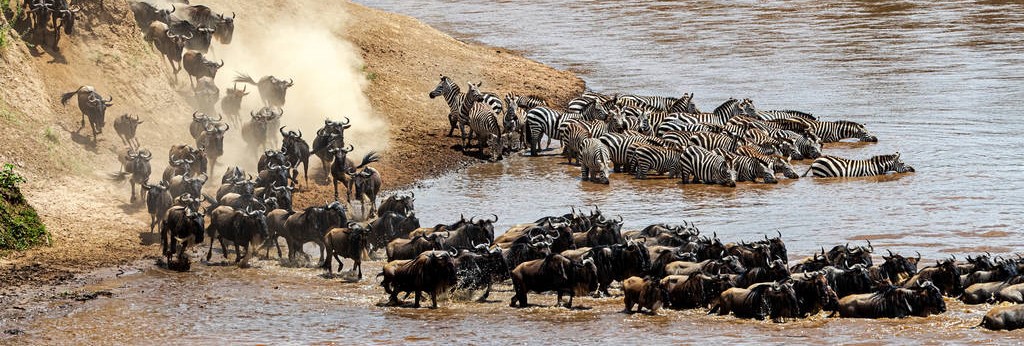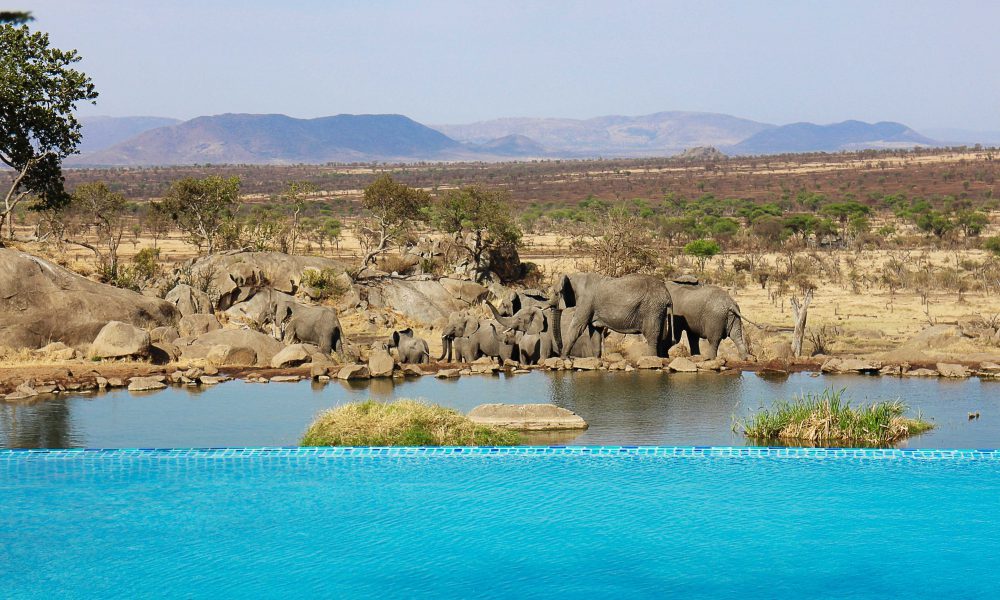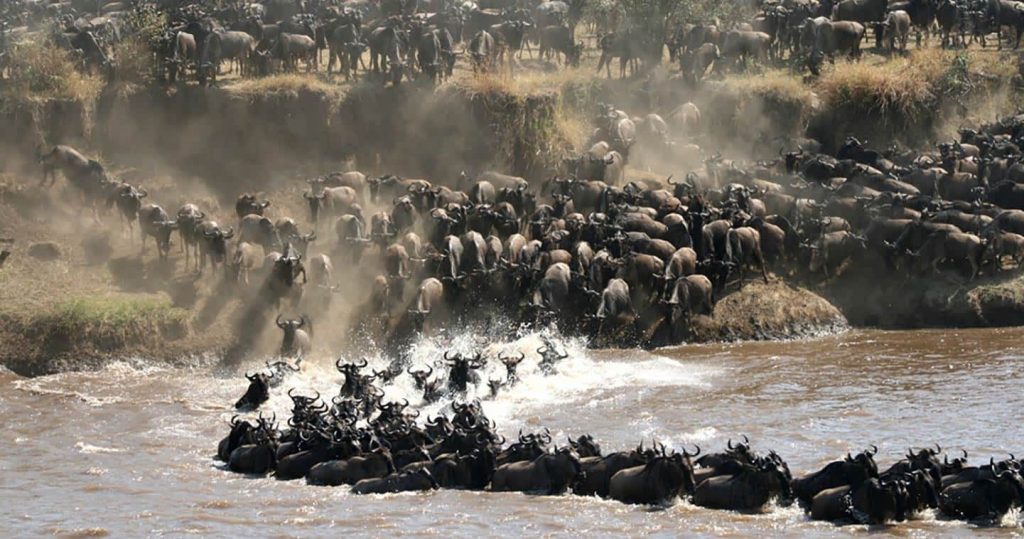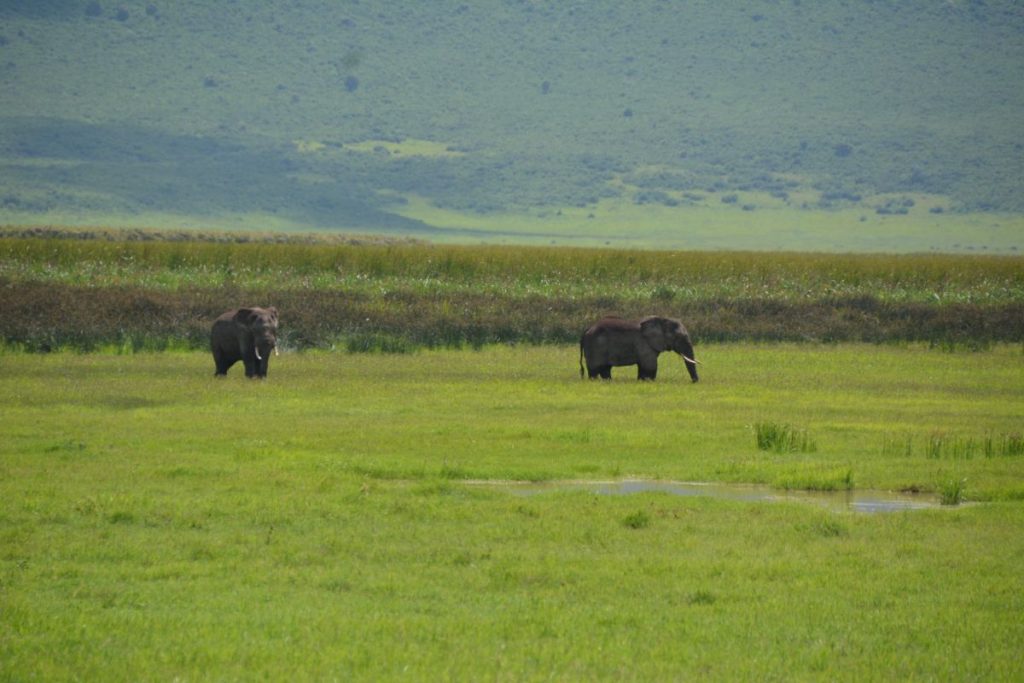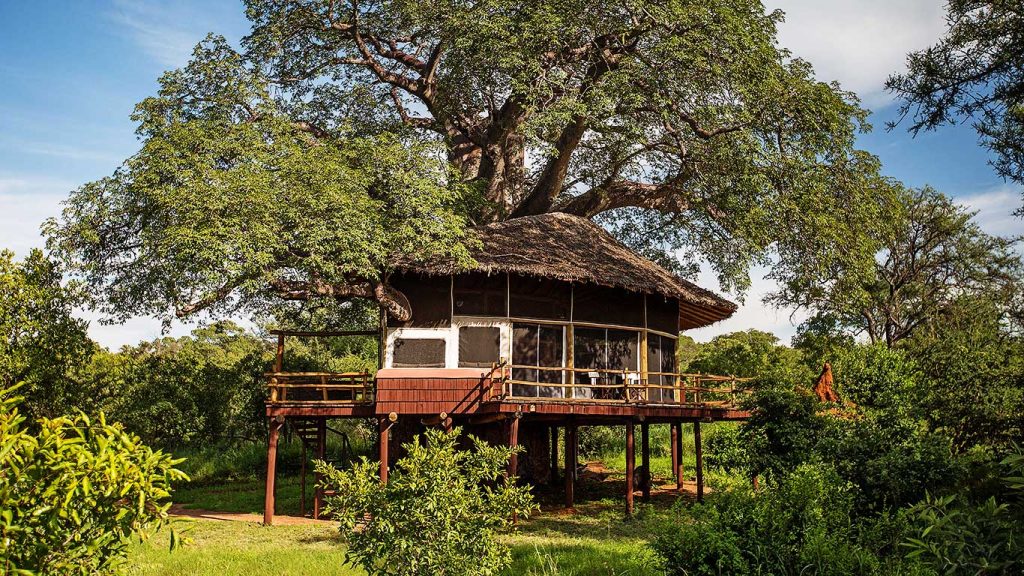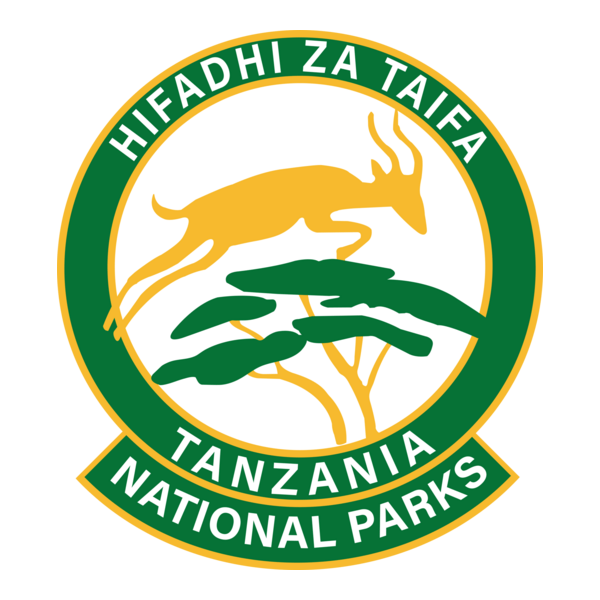Looking for unforgettable wildlife, open skies, and world-famous safaris? The call of the wild draws travelers from all over the world to Tanzania. Its vast plains and abundant wildlife create an unforgettable safari experience.
According to The Independent, Tanzania played host to 5.36 million tourists in 2024 alone. Not only was this a record high, but it beat the target of attracting 5 million tourists by 2025.
When is the best time to visit Tanzania? Tanzania offers all of this with stunning consistency throughout the year.
From the best safari season in Tanzania to the ideal wildlife viewing seasons in Tanzania, discover more about the ideal time to visit the Serengeti below.
January – Calving Season Begins
Late January marks the start of the calving season in the southern Serengeti through March. This period is one of the most thrilling parts of wildlife viewing seasons in Tanzania. It offers intense predator-prey action.
Around 500,000 wildebeest calves are born within the span of just a few weeks (Kevin Pepper Photography). Ferocious predators like lions, cheetahs, and hyenas take full advantage of the easy hunting.
Many travelers choose January as the ideal time to visit the Serengeti for this dramatic spectacle. The safari weather is warm with occasional light rains, which keep the landscape green and vibrant.
It’s considered the best time to visit Tanzania for close-up, unforgettable wildlife encounters.
February – Peak of Calving and Predator Action
February is the peak of the calving season in the southern Serengeti. Thousands of newborn wildebeest attract hungry predators.
Because of this influx of calves, the lions, hyenas, and cheetahs are highly active. Wildebeests are a prime food source, which creates intense wildlife drama in the animal kingdom hierarchy.
The safari weather remains warm and mostly dry. making game drives comfortable. The lush green landscape adds to the experience.
This month is one of the best safari seasons in Tanzania for seeing predator-prey interactions up close. It’s a peak time in wildlife viewing seasons in Tanzania for photographers and wildlife lovers alike.
March – Transition Month with Wildlife Abundance
March is known as a transition month in Tanzania’s safari calendar. The wildebeest herds start to disperse from the southern plains. Predators remain active but begin to spread out.
The safari weather shifts as the long rains gradually arrive. Roads can become muddy, but the landscapes turn lush and green. It’s generally a quieter month with fewer tourists, offering a more peaceful experience.
This period is part of the varied wildlife viewing seasons in Tanzania. Wildlife is still abundant, which makes March a rewarding time for game viewing.
For travelers who prefer green scenery and good wildlife, March is a smart choice for the best time to visit Tanzania.
April – Green Landscapes and Low Season Perks
April is the peak of the wet season in Tanzania. Heavy rains transform the parks into vibrant green landscapes. The safari weather can be wet, but it often includes clear mornings and dramatic skies.
The Serengeti National Park receives an average of 115 mm of rainfall for the month (Weather and Climate). There is also an average of 21 days of rainfall for April.
Wildlife spreads out and can be harder to find, but birdlife thrives. This month is a unique opportunity for those who enjoy lush scenery and peaceful game drives.
Many lodges offer lower rates during this low season. Following Tanzania travel tips like these is ideal for budget travelers.
May – Lush and Peaceful
May marks the end of Tanzania’s long rainy season. Rainfall decreases, but some areas still experience wet conditions. Visibility improves as skies clear.
The safari weather is cooler, and the vegetation remains dense. Wildlife begins moving northwest, especially in the Serengeti, as the Great Migration progresses.
Roads in certain regions may still be muddy, and some camps remain closed. However, because visitor numbers are low, rates are more affordable.
While May is not peak season, it offers solid game viewing with fewer crowds. For those looking to avoid high-season traffic, it can be one of the best times to visit Tanzania.
June – Dry Season Begins
June marks the start of the dry season in Tanzania. It offers reliable conditions and excellent wildlife activity.
The skies are mostly clear, and the rainfall is minimal. Crowd levels are still moderate compared to peak months.
Cooler temperatures make game drives comfortable. Vegetation begins to thin out to improve visibility. Roads are more accessible, and more lodges reopen.
Wildlife gathers near rivers and permanent water sources. The Great Migration moves into the western Serengeti. This is a good time to spot predators following the herds.
For many travelers, June is considered one of the best times to visit Tanzania for a classic safari experience.
July – Grumeti River Crossings
July is the height of the dry season in Tanzania. This month offers consistent wildlife activity and favorable conditions.
Rainfall is low, and temperatures are cool, especially in the mornings and evenings. Vegetation is sparse for improved visibility during game drives.
The Great Migration reaches the Grumeti and Mara river areas in the western and northern Serengeti. River crossings begin, and crocodile encounters are common. Predator presence is high due to the concentration of prey.
Roads are dry and fully accessible. Tourism increases significantly, and many lodges operate at full capacity, so it’s important to book early.
It’s because of these factors that July is often regarded as the best safari season in Tanzania.
August – Iconic Safari Moments
August is often recommended as the best time to visit Tanzania for northern circuit safaris. It offers high wildlife concentration in the northern Serengeti thanks to migration events with consistent conditions.
The Great Migration continues near the Mara River, with herds spread across the region. Crossings may happen multiple times a day, depending on conditions.
Predators, like crocodiles, remain active, with scavengers following closely behind. It’s also a good time to spot elephants and giraffes in open areas.
Daytime temperatures begin to rise slightly, but conditions remain dry and clear. Visitor traffic is high, especially near river zones.
September – Northern Serengeti at Its Best
September is considered the best time to visit Tanzania for northern safaris. This month is also a good time for viewing the Great Migration in the northern Serengeti.
Large herds of wildebeest and zebra stay near the Mara River. River crossings still happen, though less often than in August. Predators like lions and hyenas remain active, following the herds closely.
The landscape stays dry with sparse vegetation, which improves visibility for game drives and photography. Daytime temperatures rise but remain comfortable for wildlife viewing and travel.
Roads are fully accessible, and most lodges stay open. Tourist numbers start to decline after the peak season.
October – Wildlife Flocks to Water Sources
For travelers who want strong sightings without the crowds, October is often considered the best time to visit Tanzania. It marks the end of the dry season in many regions of Tanzania.
The safari weather is hot during the day but generally dry. Skies remain clear with high visibility.
During this time, water is limited, so animals gather around rivers, lakes, and remaining waterholes. This creates excellent conditions for spotting large concentrations of wildlife frequently seen in open areas such as:
- Elephants
- Buffalo
- Antelope
- Lions
- Zebras
- Giraffes
Tarangire and Ruaha National Parks are especially active this month. Tourist numbers continue to decline after the peak months.
November – Short Rains and Birding Opportunities
November signals the start of the short rains across much of Tanzania. Rainfall is light and scattered, but still provides many dry hours in between.
The landscape begins to turn green again. This causes bird activity to increase significantly.
Migratory species arrive from Europe and Asia, making this a prime birdwatching month. You can also view flamingos in Lake Manyara.
Game viewing is still possible, especially in central and southern parks where wildlife remains active. The safari weather is warm with skies alternating between clouds and sunshine.
Tourist numbers remain low, and accommodation rates are often reduced. While November offers a quieter travel experience, it’s still considered the best time to visit Tanzania.
December – Calving Begins Anew
December signals the start of the calving season in the southern Serengeti once more. Wildlife is concentrated in the southern plains for easier sightings.
Herds begin moving into calving areas to prepare for the dramatic births to come. Predator activity increases as animals gather and survival tensions rise.
The safari weather is hot, with occasional afternoon showers. Vegetation remains green from the short rains. Roads can be wet, but are mostly passable.
December offers dramatic wildlife action with fewer crowds. It’s a key period within the Great Migration and a good time to experience Tanzania’s rich animal life.
Experience the Best Time to Visit Tanzania for Yourself with Njofu Expedition Today
Tanzania offers remarkable wildlife experiences year-round, with each season showcasing unique ecosystem highlights. Understanding the natural rhythms helps travelers choose the best time to visit Tanzania for their specific interests. Planning with these Tanzania travel tips around key seasons ensures a memorable safari experience.
Njofu Expedition Tour Company has over 15 years of experience creating unforgettable experiences for travelers from around the world. Our expert safari guides strive to share deep knowledge of wildlife and local culture. We ensure every journey is safe and truly memorable.
Contact Njofu Expedition to request a quote for your Tanzanian safari today.


